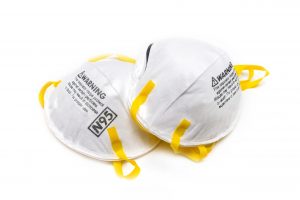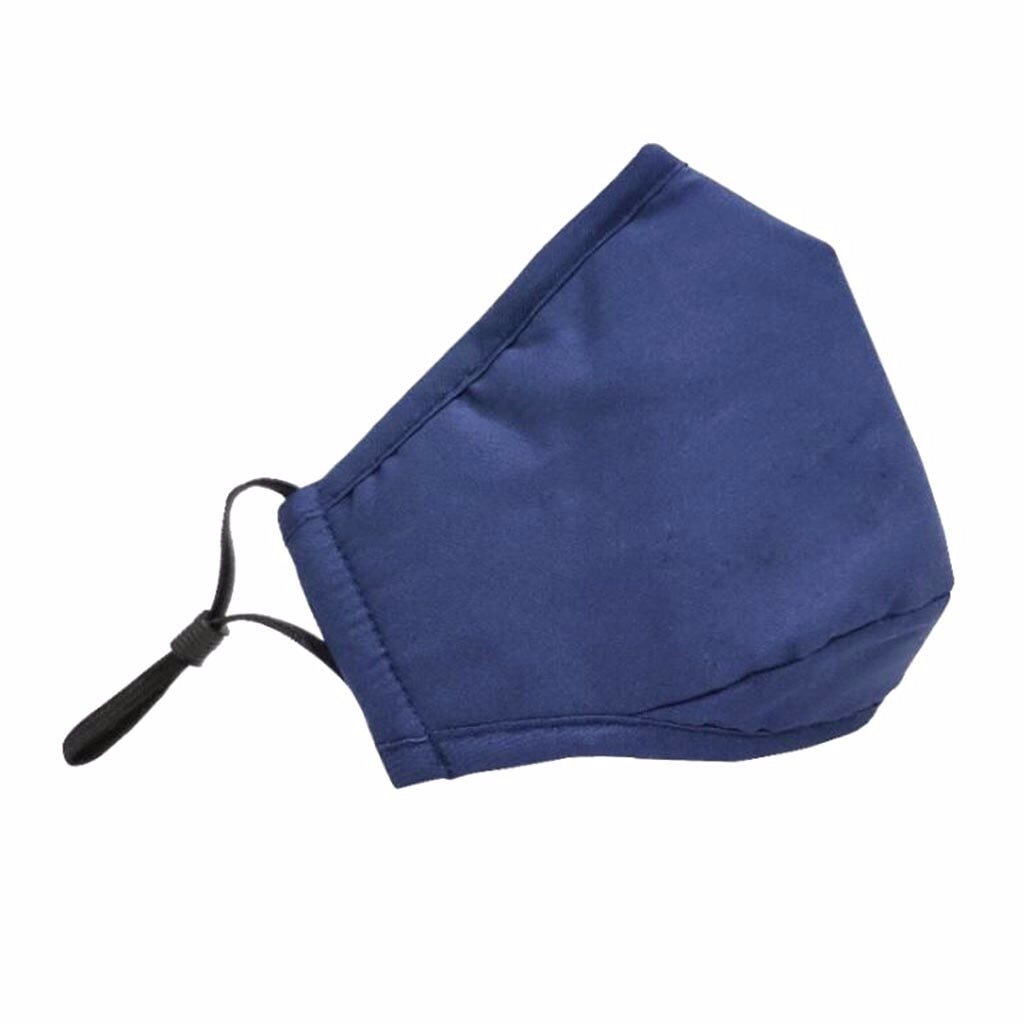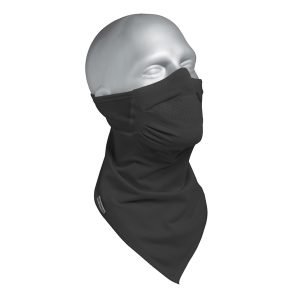Health experts agree that wearing a facial covering is a key element of Corona-virus mitigation strategies. But which type is most effective? There’s a lot of confusing information out there, so we did some research of our own to find out what health experts are saying about masks and the Corona-virus.
To start with, it’s important to understand how the virus is transmitted. The virus is primarily transmitted through what scientists call Flügge droplets, the droplets produced by humans coughing or sneezing—or even talking, singing or other activities where breath is expelled. These droplets measure 0.5 to 10 microns. For reference purposes, a human hair ranges from 80 to 100 microns, so these droplets are tiny. But not as tiny as a virus particle, which also spreads the disease primarily by becoming airborne and inhaled. These particles are spheres with diameters of approximately 0.125 micron. Tiny, tiny, tiny!
Perhaps you have seen this video, shows how a mask affects how a cough travels?
This is from research at a lab at Florida Atlantic University. It showed that the Flügge droplets travel 12 feet in 30 to 40 seconds, twice as far as recommended social distancing guidelines. The cloud of droplets becomes less dense the further out it goes. According to Dr. Sid Verma, Assistant Professor at Florida Atlantic University, at nine feet, these droplets can linger in the air for two to three minutes, but the concentration is less than it would be at six feet by a factor of eight.
Here’s what they found relative to how far these droplets travel with different types of face coverings:
- A bandanna (or a gaiter-style mask) are the least effective, with droplets traveling three feet.
- A folded handkerchief resulted in droplets traveling one foot, three inches.
- A cone-style mask reduced the distance to about eight inches.
- The best results for cloth face masks was achieved with two layers of fabric, traveling only 2.5 inches.
Mask Types
So now let’s look at the types of masks.
- N95 respirator masks are used by first-line health care workers to protect them from airborne particles and liquid. These require fitting to the individual to make sure there is no leakage. As the pandemic continues to take its toll, it is recommended that these masks be reserved for health care workers. The N95 mask filters down to 0.3 micron. According to research, the COVID-19 particle is around 0.1 micron in size but it is usually bonded to something larger, such as a Flügge droplet, making N95 masks effective in blocking these particles.
- Surgical masks are loose-fitting disposables. You have likely seen them in your doctor’s or dentist’s office. They come in different thicknesses and with different levels of protection. They have a loose fit and they don’t filter or block very small particles in the air, according to the FDA.
- The CDC recommends all people two years of age and older wear a cloth face-covering mask in public settings and when around people that don’t live in their household, especially when other social distancing methods are difficult to maintain.
- Bandannas or gaiter masks are the least effective, but better than nothing.
Which Fabric is Best?
There has also been research into the best types of fabrics for cloth masks. The most detailed study we found was this one. It really gets into the weeds in terms of the technical details, so here’s a summary of the findings.
Researchers looked at how well 32 different types of natural and synthetic fabrics filter particles of a similar size to the virus that causes COVID-19. They found the most effective fabric type at blocking particles was 100% cotton and had a visible raised nap, like flannel or fleece. Synthetic fabrics performed the worst. Tightly woven fabrics typically performed better than loosely woven fabrics or knits. And multiple layers of fabric, especially multiple layers of 100% cotton, performed the best. None of them, of course, were as effective as N95 masks.
As we have noted, wearing a face-covering is better than wearing nothing at all, but if you do have a choice, these findings are useful in making that choice.
Recommended Cotton Mask
For most people, breathe-ability and comfort are probably the most important in selecting a mask type. We found that a tightly woven dual-layer polyester fabric mask we tried was hard to breathe through. Our recommendation is Cotton Mask with a pocket for a disposable PM2.5 filter. It is knitted from yarns made primarily of plant-based viscose. The company has plans to add an antimicrobial treatment to the yarns in the future. It features a removable metal band that allows you to fit it more tightly over the bridge of the nose.
A PM2.5 filter (PM stands for particulate matter) filters out particulates as small as 2.5 microns, and the masks are not promoted as PPE. It comes with one filter and replacements are available.





















